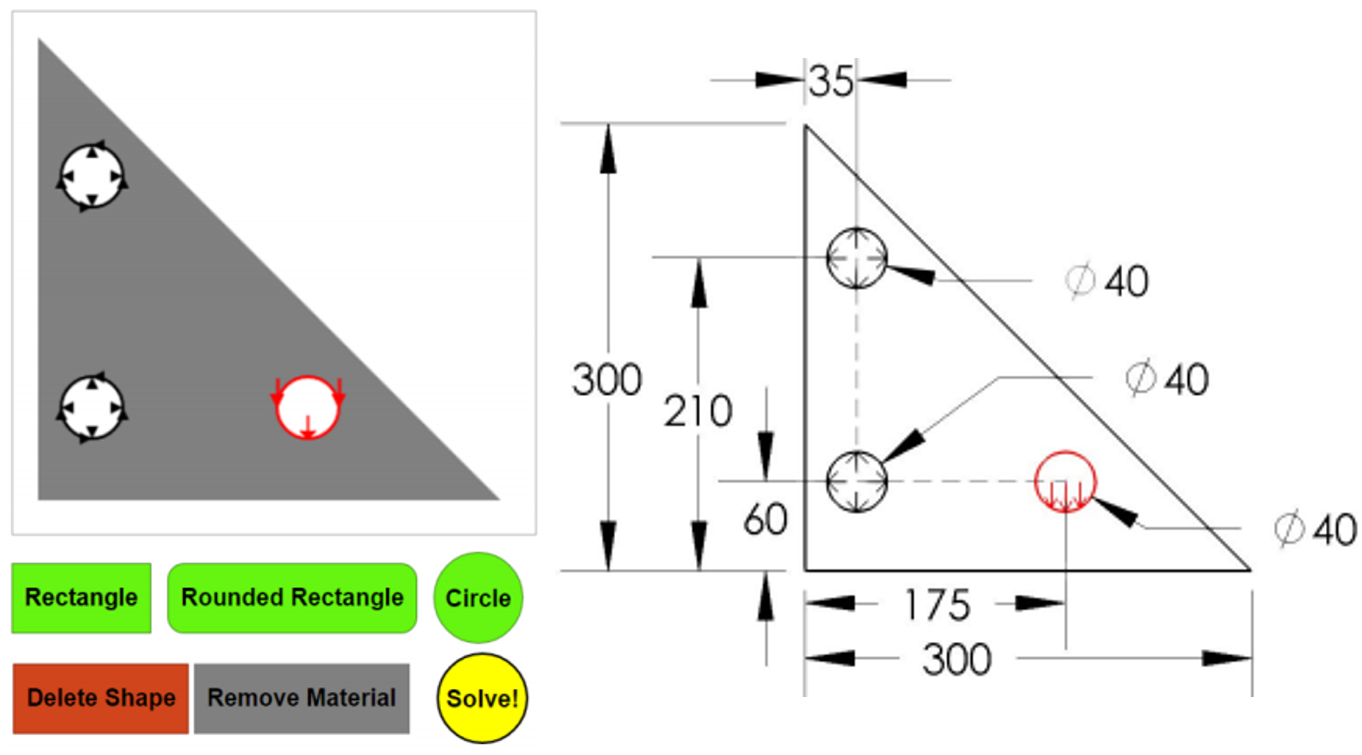ABSTRACT
In helping students learn engineering design, it is very important that they explore complex scenarios that are realistic, and fall outside the domain of standard and over-simplified textbook
problems that typically have an answer. A majority of the current educational methods and computer-based tools do not ridge this gap and lack affordances for design exploration. Although computational methods such as Finite Element Analysis have this potential, they are hard to use requiring the users to spend a significant effort. Also, several instructors have identi-fied significant knowledge gaps in concepts related to structural design and strength of materials when the students reach their senior year. To this end, we have developed a problem-based framework to allow for rapid design exploration within engineering design curricula using an easy-to-use, simplified and constrained version of finite elements for stress analysis and exploration. Our framework makes it possible for users to rapidly explore various design options by incorporating a Finite Element Analysis (FEA) backend for design exploration. Our approach
uses a constrained design problem for weight minimization that incorporates elements of structural topology optimization but does not automate it. Instead we provide the user the control on decision making for changing the shape through material removal. Using this framework, we explore the decision making of users, and their methodology in the course of the activities. Address all correspondence to this author. that provide a context of control, challenge and reflection. Using video and verbal protocol analysis we integrate assessment in ways that are important and interesting for learning. Our framework demonstrates that the ability of computational tools that are transformed for learning purposes can scaffold and augment learning processes in new ways.



